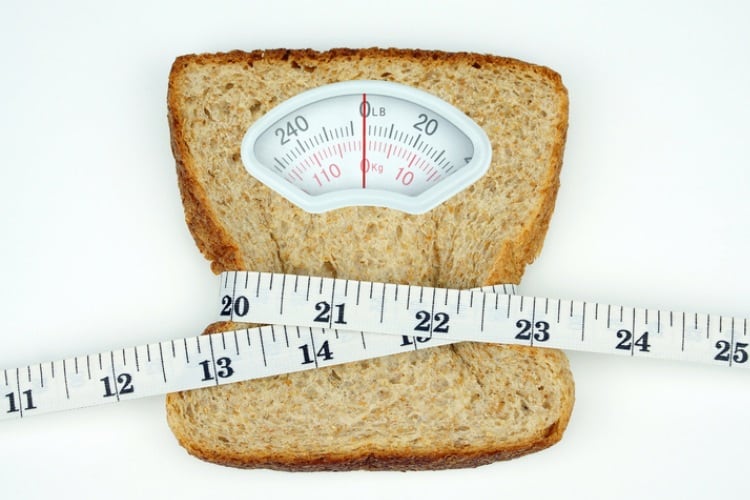Today’s consumer is more likely than not to check product labels for ingredients they deem will have a positive impact on health when buying bread.
While they recognize the benefits of ingredients like fiber and protein, they are also concerned about ingredients such as enzymes, sugar and in more recent years, gluten.
Given that bread is a staple for many consumers across the globe, this has resulted in them paying closer attention to the nutritional labeling of products in the category.
Earlier this year, FMCG Gurus surveyed over 13,000 consumers in 12 countries, including Australia, Austria, Canada, Chile, Colombia, Czech Republic, Denmark, Egypt, India, Saudi Arabia, South Korea and Sweden, about what claims they thought were the most important for the bread category.
The top five claims
Data showed consumers prioritize high fiber claims when it comes to purchasing bread, associating it with a myriad of health claims, including heart and digestive health.
This again endorses the importance of linking claims to moderate bread consumption as part of a healthy diet.
Locality and natural claims were of similar importance to consumers and are often considered interlinked, because of perceptions around shorter supply chains. For instance, consumers do not feel that locally produced products contain chemicals designed to enhance the lifespan of the product. Moreover, locality claims are often associated with small scale, hand-produced and artisanal style production methods – something that also tends to be associated with being chemical free.
Marginally less important, consumers want reassurance products are free from added sugar or artificial colors.
Surprisingly, the two big trends of today – gluten-free and high protein – did not even make it within the top 10 most popular claims among the consumers surveyed.
Only 19% rated gluten-free as the most popular claim, putting it in 12th position, while 17% voted for high protein claims, placing it 17th.
This shows that, while there is clearly a market for bread products positioned around gluten-free and high-protein claims, these claims do not significantly influence the majority of consumers when it comes to purchasing in the category.
Good versus bad?
This research confirmed that, when it comes to product labeling in the bread category, consumers are most likely to seek out ingredients considered “good-for-you” as opposed to avoiding ingredients deemed “bad-for-you.”
When it comes to seeking out bread products, consumers are not just focused on trying to avoid ingredients they deem detrimental to their health, but have prioritized seeking out fiber, which they know has health benefits.
This shows that consumers who purchase bread do believe that bread can have a positive impact on their health when eaten as part of an overall diet.



